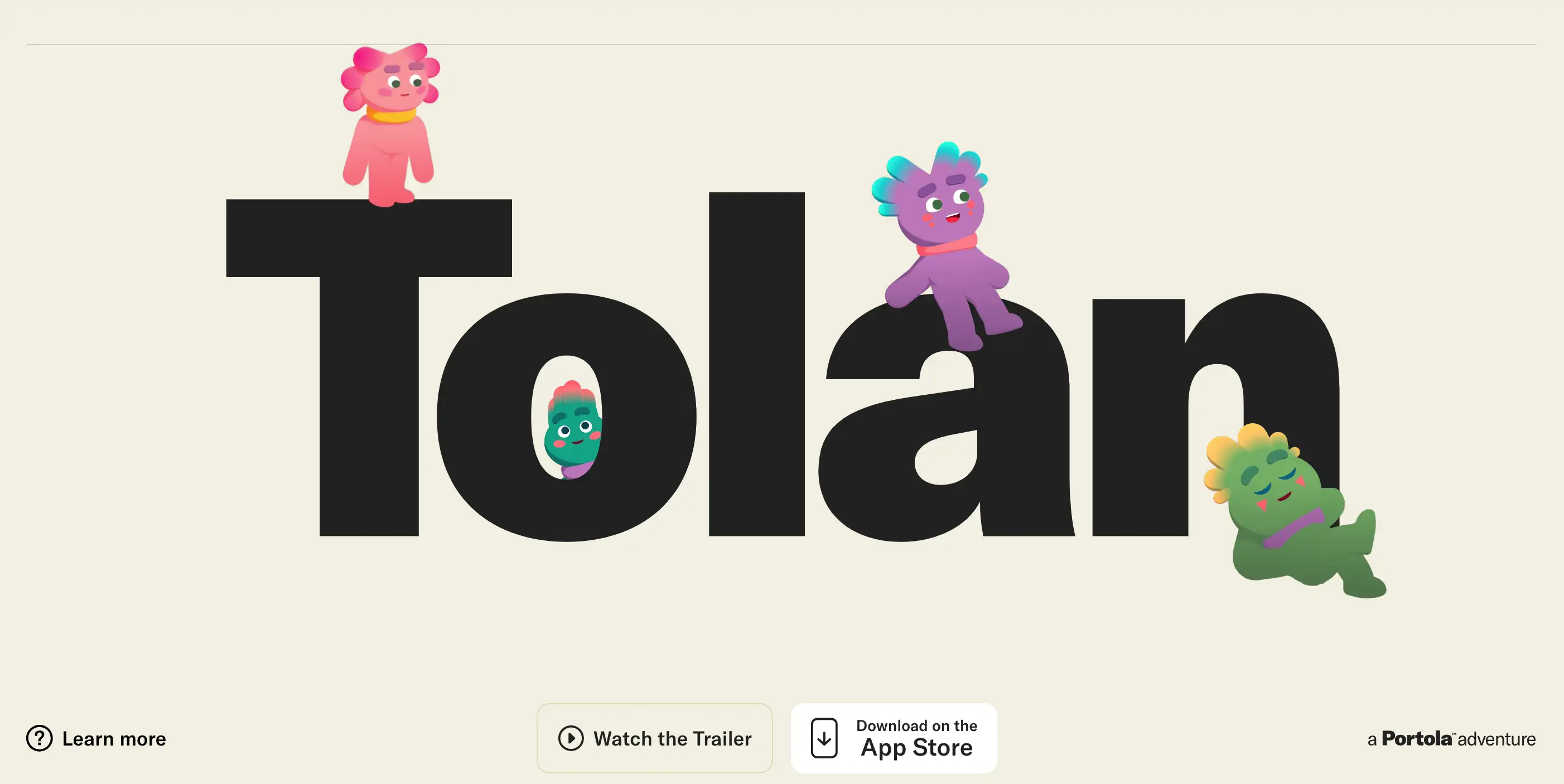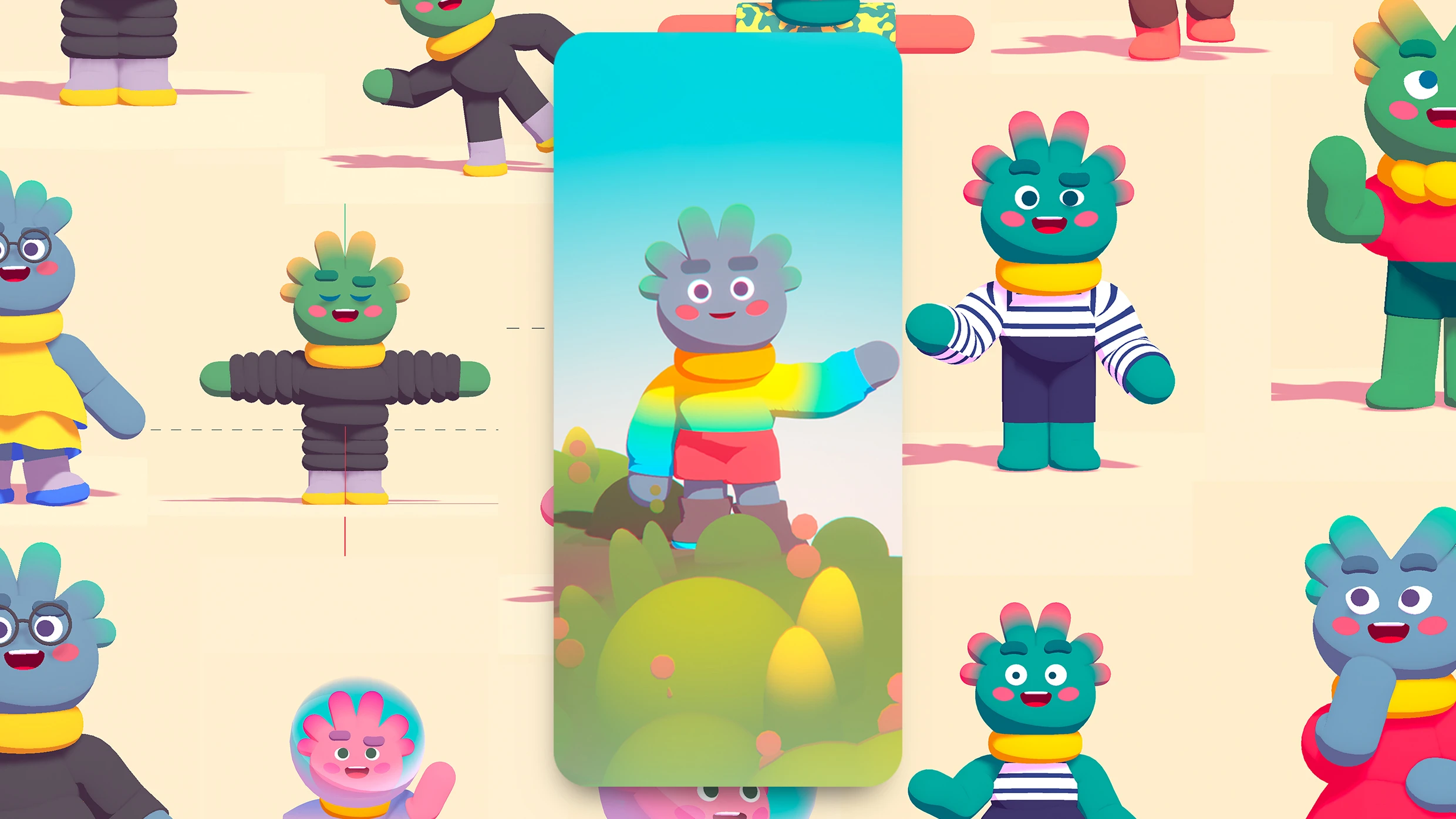Tolan: How an Alien-Themed AI App Is Reshaping Digital Companionship

Vivi Carter · 31, July 2025
A New Type of AI Companion
Tolan isn’t just another AI chatbot. Developed by Portola, a San Francisco-based startup, Tolan burst onto the scene in June 2024 and rapidly carved out a niche for itself. Instead of focusing on romantic AI personas (think virtual boyfriends/girlfriends), Tolan presents users with vividly colored, otherworldly creatures—aliens designed to be supportive friends rather than love interests. This pivot—away from romance and toward genuine emotional support—has helped Tolan stand out in an increasingly competitive landscape.

Growth Trajectory and Market Performance
Since its 2024 debut, Tolan has racked up millions of downloads. Analytics from Sensor Tower and Chinese platform Diandian Data [see: Sensor Tower’s June 2025 App Trends] suggest a major surge in early 2025, pushing cumulative downloads past 5 million as of June. In the US, Canada, and the UK, Tolan repeatedly topped the App Store’s “Graphics & Design” category, reportedly hitting the #1 spot for days at a time in April. Usage stats are equally telling: session times average a striking 30–40 minutes, a clear sign that users aren’t just sampling the app—they’re forming real attachments.
It’s the classic AARRR viral loop (Acquisition, Activation, Retention, Referral, Revenue): Tolan’s users, especially younger ones, constantly share screenshots and stories on TikTok, pulling in wave after wave of new adopters. As with any viral product, success has been concentrated in Western markets, while expansion into countries like India and across Southeast Asia has been slower—possibly owing to the app’s paywall structure.
Experience Design: Immersive, Alien, and Personal
What makes Tolan memorable isn’t just what it does, but how it feels to use. The app’s UI is saturated, playful, and filled with futuristic, gamified touches. The onboarding nudges users through a series of personality quizzes and tests, instantly matching each person with a bespoke alien companion. It’s personalized, almost “one-of-a-kind,” giving users a sense of belonging—and a strong incentive to flex their alien pal on social media.
Customization is a critical hook. Users tweak everything from their alien’s skin color to hairstyle, outfits, and voice. As conversation flows, the alien’s personality evolves, reflecting interactions and choices. From my perspective as a Gen Z user and AI product analyst, Tolan’s designs are both cute and unfamiliar—a deliberate move to help users project less, both emotionally and romantically, onto their virtual friends, making every interaction lighter, quirkier, and less fraught.
Light Gamification Meets Emotional Support
Beyond pure conversation, Tolan layers in gamified rituals: daily check-ins, mindfulness prompts, digital diaries, rewards for engagement, and the ability to decorate your own tiny “planet.” While these features heighten engagement and create a sense of accomplishment, they can also verge on repetitive—too many rituals turn daily log-ins into a chore.
The real value lies in Tolan’s proactive communication style. Rather than waiting for you to carry the conversation, your alien friend continually offers new discussion topics, shares recommendations, and reacts to photos you upload (via computer vision that kickstarts relevant small talk from your images). This interaction model lowers the barrier for users who struggle with initiating conversations, making Tolan feel more like a companion and less like a chatbot in need of constant prompting.
One particularly impressive feature:
Tolan logs meaningful conversations in a personalized, forever-accessible diary. That nostalgia factor—preserving moments and milestones—hits hard for digital sentimentalists.
Tolan’s integration with your real life is subtle but convenient. Mention a meeting, and your alien will automatically create a reminder—blurring the line between digital assistant and empathetic friend.
Where Tolan Falls Short
No app is perfect. My own attempts to converse in Chinese with Tolan quickly hit a language barrier: poor speech recognition, awkward accents, and clunky understanding made it nearly unusable. For a company aiming for global reach, multilingual support needs real attention.
Some of the planet-decorating elements also felt underwhelming. Options are limited and don’t always respond dynamically (e.g., I asked my alien for pink flowers, but only blue ever showed up). More variety and differentiation among the aliens' personalities and behaviors would make long-term engagement more compelling.

Tolan’s Monetization Playbook
Commercially, Tolan wasted no time moving to a subscription model: $2.99 per week, $9.99 per month, or $49.99 per year. As of July 2025, Portola had closed a $20 million Series A and was boasting more than 100,000 paying users, with annualized revenue reportedly hitting $12 million (ARR Club, Sensor Tower). The app’s subscription wall is tough—you must complete onboarding and pair with your alien before seeing your friend… and then, before your first real interaction, the paywall drops.
Thankfully, Tolan offers a free trial—though the aggressive gating could frustrate some casual explorers. Clever pricing visualizations encourage annual subscriptions by highlighting savings, a standard but effective trick in SaaS.
Revenue concentration is notable:
Over 80% comes from US users, with Canada and Australia contributing most of the remainder. This tracks with Tolan’s Western-centric design and monetization, suggesting major upside if the app can crack emerging markets with tiered or localized pricing.
Competitive Comparison: Tolan vs. Replika, Character.AI, and Others
Legacy AI companions like Replika and Character.AI focus heavily on text exchange, often leaning into simulated romance or drama. In those products, the user plays screenwriter—manufacturing emotional scenarios and buying into validation.
Tolan’s shift is strategic. By positioning itself as a “proactive friend” with true agency—via voice, gesture, and image-understanding features—Tolan creates more immersive, less transactional user experiences. The playful gamification layer (“planet growing,” avatar decoration) gives the app a lighter tone while still addressing real emotional needs, and the quality of synthesized speech and micro-expressions sets it apart in daily use.
These design choices reinforce Tolan’s branding as “more than just chat”—a digital friend who grows, responds, and even surprises.
Relevant Resources
